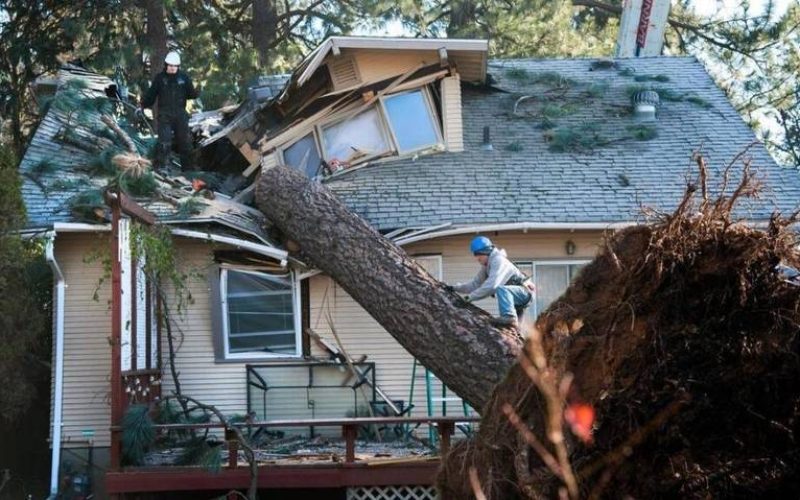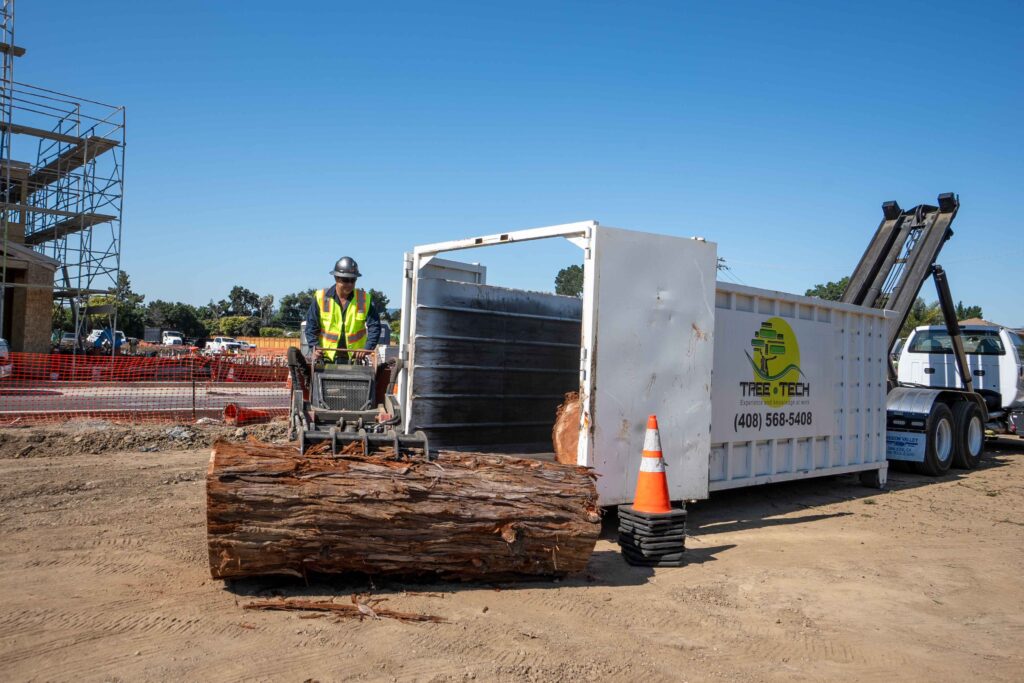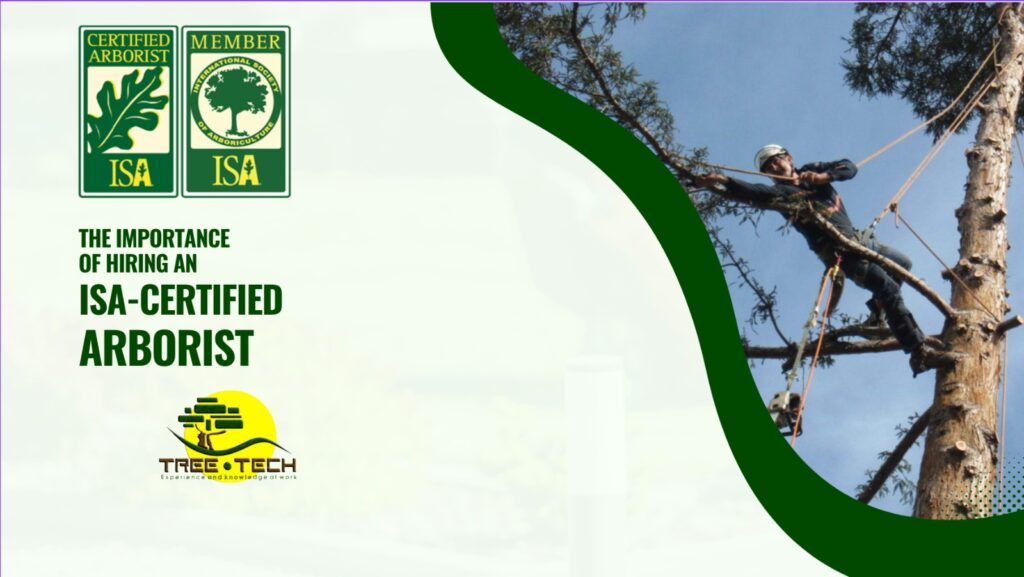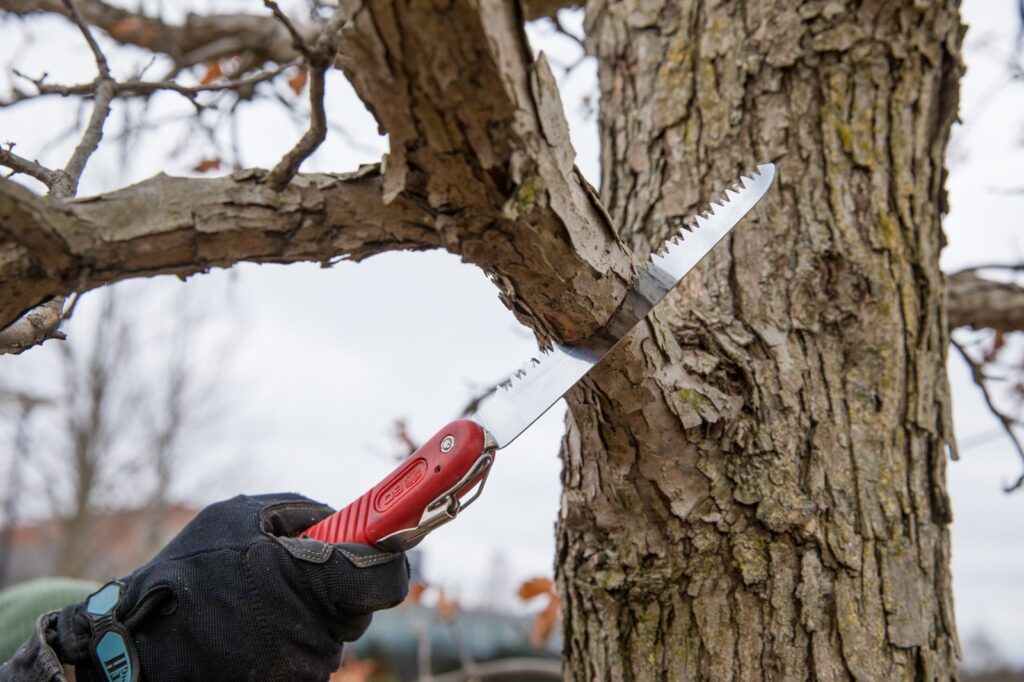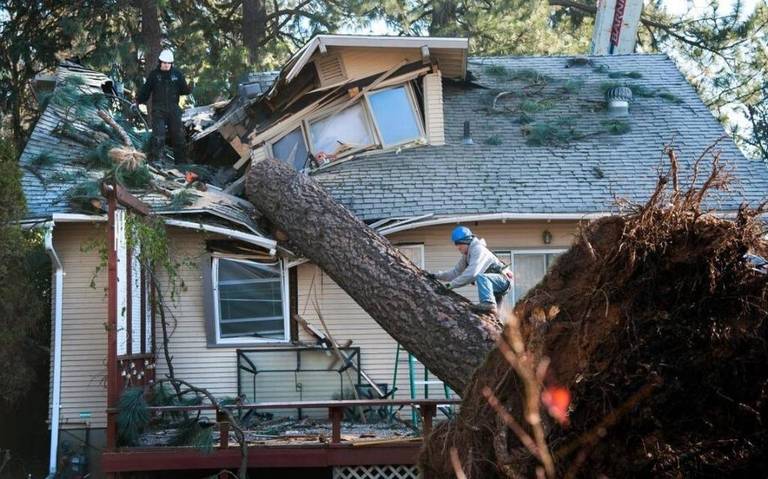1. Prioritize Safety
Before anything else, ensure everyone’s safety.
For fallen trees on cars: Check if anyone is inside the vehicle and if they’re safe. If anyone is injured, call 911 immediately.
For fallen trees on homes: Evacuate the premises if structural damage is suspected. Avoid rooms where the tree has penetrated the roof or walls.
2. Document the Incident
Take Photos: Before any cleanup, take clear photos of the fallen tree and the damage it caused. This will be crucial for insurance claims.
Write a Brief Report: Note down the date, time, and any specific circumstances (like a storm) when the tree fell.
3. Contact Authorities & Professionals
Call the Police: If there’s significant damage or if public roads are blocked, inform the local police.
Reach Out to a Tree Removal Service: Engage professionals like Tree Tech to safely remove the tree, especially if it’s large or entangled in power lines.
4. Notify Your Insurance Company
Home Insurance: If a tree falls on your home, contact your homeowner’s insurance company. They’ll guide you on the claim process. Typically, if the tree fell due to natural events, your policy might cover the damages.
Car Insurance: If your vehicle is damaged, contact your auto insurance provider. Comprehensive auto insurance usually covers damages from fallen trees.
5. Understand Liability
Your Tree, Your Property: If your tree falls on your property, you’re typically responsible for the damages.
Neighbor’s Tree, Your Property: If your neighbor’s tree falls on your property, you’re still usually responsible. However, if you had previously documented and informed your neighbor about the tree’s potential risk, they might be liable.
6. Prevent Future Incidents
Regular Tree Inspection: Engage arborists to inspect trees on your property regularly. They can identify potential risks and suggest preventive measures.
Pruning: Regularly prune trees to remove dead or weak branches, reducing the risk of them breaking off.
Tree Removal: If a tree is diseased or poses a significant risk, consider having it professionally removed.
While a tree falling on your property can be distressing, knowing how to respond effectively can mitigate risks and streamline recovery. Always prioritize safety, document the incident, and engage professionals to handle the situation. With proactive tree care and regular inspections, such incidents can often be prevented, ensuring the safety and well-being of your property and loved ones.

